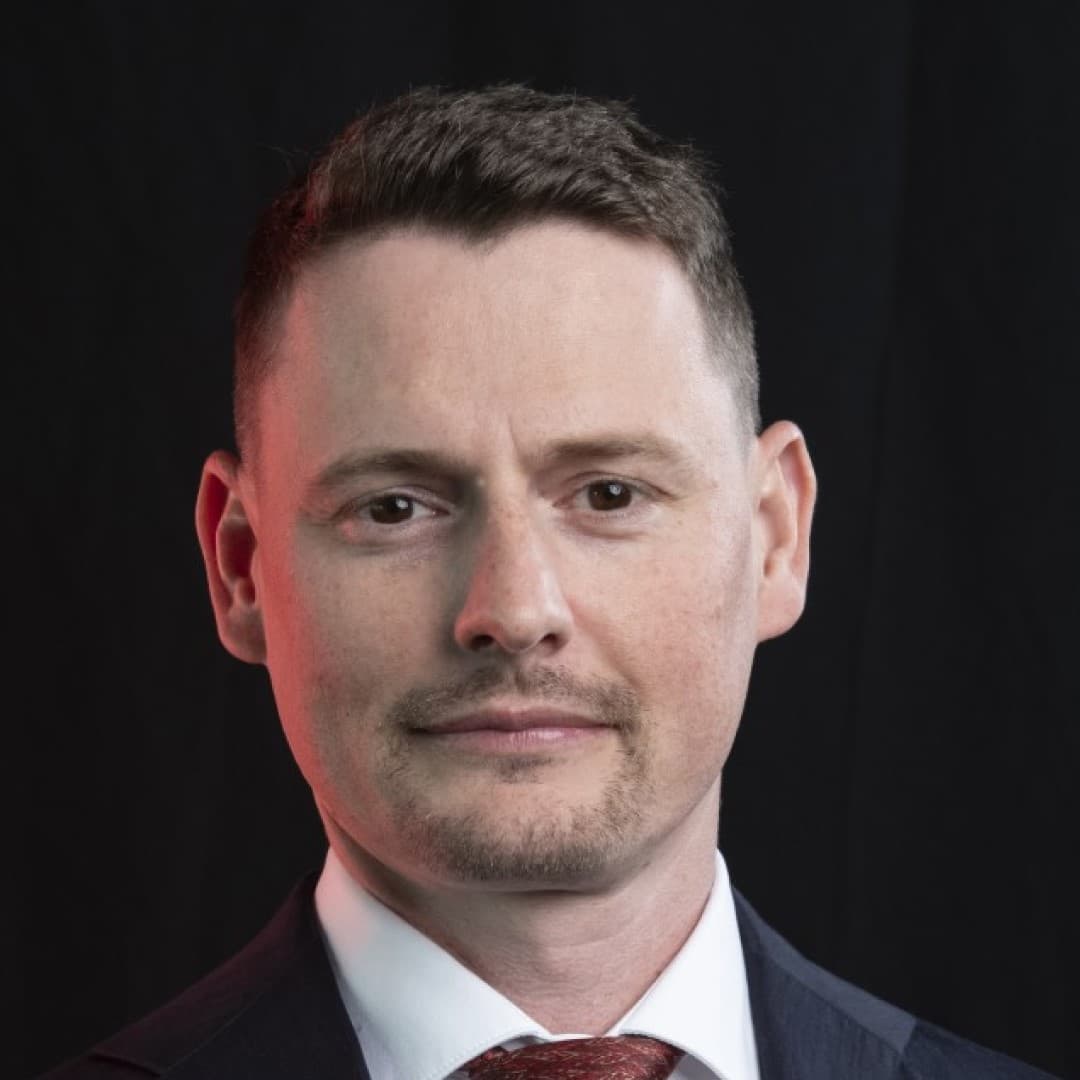Legal Tools for Asset Management
16 \ 10 \ 2023

Over the past six months, we have gradually focused on the topic of trust funds, which are the most commonly used tool for managing private wealth in the Czech Republic, with their number reaching nearly five thousand. In the next installment of our series, we will take a step back to look at asset management and introduce other tools used for managing (not only) family wealth.
The Czech legal system offers a variety of tools and forms that can serve as instruments through which asset management is ensured. Each tool or structure is characterized by a number of advantages, but also limitations, which must be taken into account when choosing the most optimal option. The choice of a suitable form for managing your assets is therefore absolutely crucial within asset planning and intergenerational transfer of assets. As we have already outlined in our articles on trust funds, a properly chosen and configured asset management tool can effectively avoid or at least minimize countless risks.
The major recodification of private law, specifically the Civil Code, introduced a number of new tools for the Czech legal environment, which, following foreign (Western) legal models, can be used for the purpose of asset management.
Trust Fund
The first and most frequently used tool for managing (especially) family private assets is the trust fund. A trust fund can be defined as an entity without legal personality, meaning it does not have the capacity to hold rights and obligations within the legal order. It arises when (i) the founder(s) set aside assets from their exclusive ownership, (ii) a trustee is appointed by contract or testamentary disposition to manage the set-aside assets, and (iii) the trustee undertakes the management of the assets, being (iv) bound by the predetermined purpose of the trust fund.
Once set aside, the trustee takes possession of the assets and manages them for the benefit of the beneficiary (beneficiaries). The trustee exercises all rights over the assets. However, the assets are considered "ownerless property," managed according to the purpose and rules established by the founder. This "property concept" is what distinguishes Czech trust funds from traditional foreign trusts, where the trustee formally owns the managed assets.
The fund itself comes into existence by registration in the trust fund registry maintained by the Ministry of Justice. Testamentary trust funds come into effect upon the founder’s death, and their registration is only declaratory.
A trust fund gives the founder a high degree of certainty that the assets will be managed according to their wishes if they become incapacitated. This is especially achievable when the founder establishes the trust fund during their lifetime and precisely defines its setup and internal processes to achieve the desired purpose.
The fundamental building block of a trust fund is its statute, prepared by the founder and formalized as a notarial deed. Drafting the statute and additional documentation must be carefully considered and precisely defined to maximize the achievement of the intended purpose while minimizing potential risks and undesired situations. The law grants the founder relatively broad discretion regarding what is included in the statute, which requires choosing the right partner to assist in preparing the statute and related documents.
The main uses of trust funds include protecting the founder’s assets and their family, ensuring smooth and secure intergenerational transfer of assets, protection against external influences, and preserving the unity of family assets.
Endowment Fund
Another instrument used in Czech law for asset management is the endowment fund. Endowment funds are legal entities formed by assets allocated to a specific purpose. Recently, endowment funds have been used as an alternative to trust funds, especially when the asset portfolio includes foreign assets, primarily real estate. The advantage here is legal personality, which facilitates dealing with certain foreign legal systems. Legal personality means the endowment fund can hold rights (including ownership rights) and thus owns all assets contributed to it.
Endowment funds are not intended for permanent purposes, so their assets are not subject to strict restrictions or limits. For example, contributions and donations to the fund do not have to produce permanent yields, and the entire fund’s assets may be consumed for the fund’s purpose. The only legal requirement concerning the purpose is its usefulness, which can be private or publicly beneficial, with a limit of social or economic utility.
Anyone—natural or legal persons—can establish an endowment fund. Founders do not have to deposit an endowment principal (there is no minimum contribution), so they are not required to register the endowment capital in the endowment register. Legal requirements for founding documents are modest, giving founders a relatively high degree of freedom, although less than that for trust funds. Endowment funds can also conduct business activities, but profits must be used to support the fund. Distributions from the fund’s assets to designated persons are possible; otherwise, asset disposal is difficult and only permitted if aligned with the fund’s purpose.
Endowment funds can be created both during life (founding document) and by testamentary disposition, and they must be registered in the endowment register. The register includes founding documents and identification of all statutory and supervisory board members, similar to commercial companies. Endowment funds are generally more transparent than trust funds, which some seeking asset management consider a disadvantage.
Endowment funds are mostly used as alternatives to foundations and are usually established for publicly beneficial purposes, but they may also be appropriate for managing family assets or parts thereof.
Foundation
The last "institutionalized" form of asset management we will cover is the foundation. Like the endowment fund, a foundation is a legal entity established to serve a permanent socially or economically useful purpose. Although similar to the endowment fund in many ways, the foundation is far less flexible due to extensive legal regulation, including several mandatory provisions. Key differences include the requirement for permanent yield from non-monetary contributions and a minimum principal amount of CZK 500,000 (the so-called foundation principal). Foundations are also subject to high transparency requirements, such as publishing an annual report including a list of all received donations.
Foundations can be established during life or by testamentary disposition. Similar to the other funds, foundations are registered in a public registry, ensuring transparency of the persons in governing bodies and documents stored in the foundation register. The founder issues a statute to regulate internal matters.
Foundation purposes are subject to higher standards than endowment funds. They may be publicly beneficial, supporting the general welfare, or charitable, supporting a specific group of persons. The purpose must not be profit-oriented; for example, support of arts, collecting activities, or other public-benefit activities. Business and other profit-making activities are limited to ancillary activities, with profits reinvested to support the foundation’s purpose.
Generally, foundations are not the best instrument for managing private assets and paying beneficiaries but are a stable part of Czech law and beneficial for clients aiming to fulfill a set purpose without primarily seeking profit.
Foreign Options
Beyond the above-described Czech variants for asset management, foreign alternatives should not be overlooked. These come with certain specific features but can also offer many benefits to Czech residents and sometimes represent the optimal tool for achieving their goals. These typically include trusts, trust-like entities, or family foundations modeled on foreign legal systems.
Main reasons to choose a foreign entity include risk diversification, international structure protection, and higher banking and financial stability of foreign jurisdictions. When selecting and setting up foreign alternatives, thorough tax and legal impact analysis is critical to avoid excessive tax burdens. Foreign setups generally incur higher setup and operational costs.
Popular foreign common-law jurisdictions include Québec and Jersey. From continental legal systems, the German "Treuhand" or French "fiducie" are notable. One of the most frequently chosen jurisdictions is the Principality of Liechtenstein, mainly due to the country's banking and financial stability and established court practices. The principality has a long tradition in asset management supported by extensive experience, offering high-quality services with international prestige. Asset management options there include the Liechtenstein trust and Liechtenstein foundation.
The Liechtenstein trust is a European alternative to traditional trusts originating in common law. A trust is a contract between one or more founders who transfer assets for management to one or more trustees. Unlike Czech trustees, the trustee formally "owns" the trust assets, which are separated from the trustee’s and founder’s private property. At least one professional trustee must be involved.
The Liechtenstein foundation is a legally and economically independent legal entity established for a specific purpose by the unilateral will of the founder. It may conduct limited business activities and must have at least one professional trustee. Additionally, it must have a foundation board with at least two members.
Conclusion
Protection of (not only) family assets for future generations and smooth transition between them, preservation of integrity, or continuation of the founder's entrepreneurial vision — these may be considerations leading one to decide on securing asset management. However, the answer to which option is most suitable in a given case is not simple. It always depends primarily on the purpose the owner intends to achieve with the chosen form of asset management. It is also necessary to analyze non-legal factors influencing the decision, such as costs associated with each option both initially and in ongoing operation.
Authors: JUDr. Jakub Hollmann, Ph.D. & Mgr. Lucie Krotilová
You can read the full article at pravniprostor.cz (October 16).




